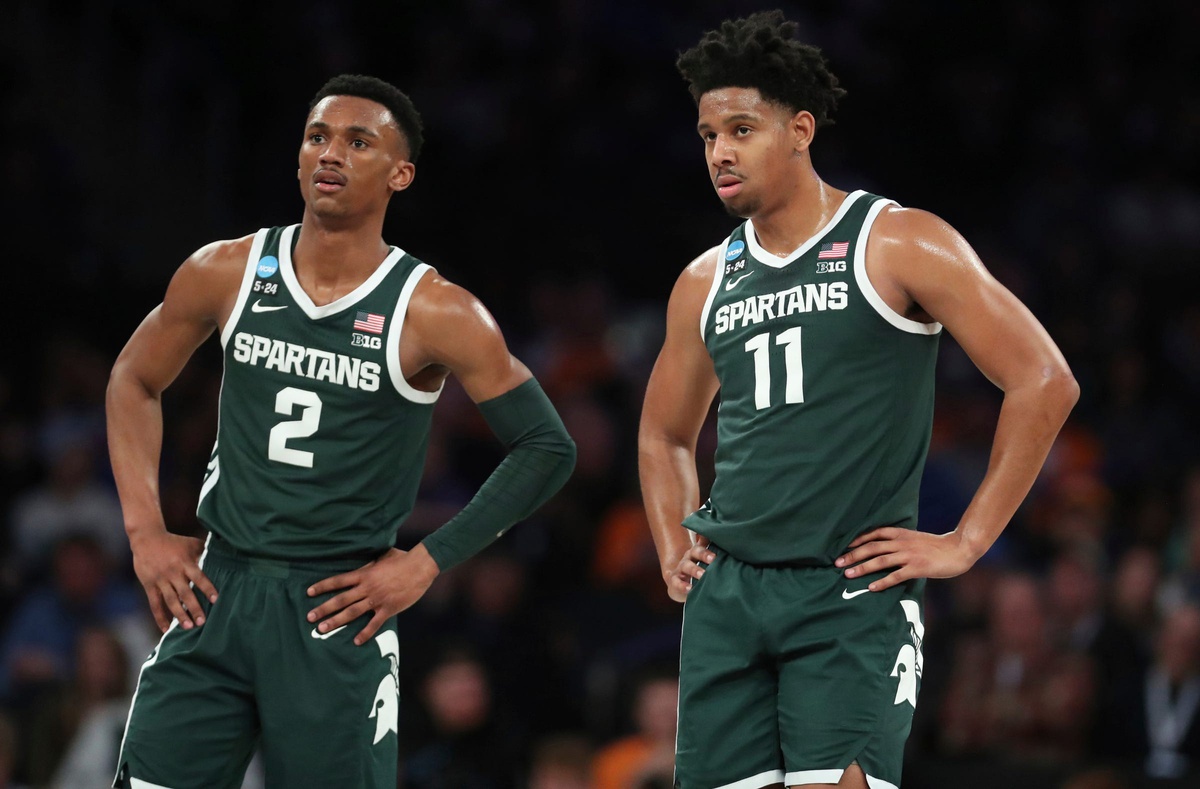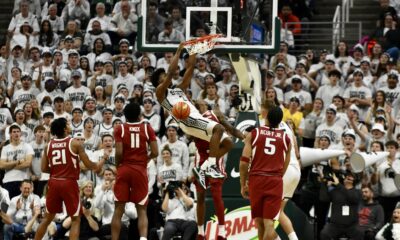Michigan State basketball brings back an elite backcourt and if the 2023 Final Four told us anything, that should spell success.
Solid guard play is the best recipe for success in the NCAA Tournament. Excluding Kentucky in 2012 which was led by Anthony Davis, the teams that win it all are almost always led by elite guard play. Some of the best Michigan State basketball NCAA Tournament teams were led by elite guards. Mateen Cleaves in 2000, Kalin Lucas in 2009 and 2010, Denzel Valentine in 2015, and Cassius Winston in 2019 are just a couple of examples.
This trend was no different in the 2023 NCAA Tournament.
Each Final Four team this past season was led by elite guard play. However, taking it a step further, each of these teams were also led by veteran guard play. A veteran roster and elite guard play are the two best formulas for success in the tournament.
That is exactly what Michigan State has as they head into next season.
This year’s Final Four teams consisted of Florida Atlantic, Sand Diego State, Miami, and eventual champion Connecticut. As mentioned, this year’s Final Four teams all were led by veteran backcourts. With that being the best recipe for success in the tournament, it is no surprise that three of these four times made it to the Final Four for the first time in program history.
Let’s dive into each team to see what their backcourts looked like.
UConn Huskies
The national championship-winning Huskies had three guards that all averaged over 28 minutes per game. These three guards also dominated the stat sheet with two players averaging double figures. The third guard may not have scored as much, but he still stuffed the stat sheet averaging seven points, six rebounds, and five assists.
San Diego State Aztecs
San Diego State was the runner-up in this year’s tournament, and its team was similarly led by guard play. The Aztecs had five guards averaging at least 20 minutes with each player significantly contributing in the stat sheet. Of those five players, three were seniors and two were juniors. Having that many contributing veteran players is not common in college basketball today. It’s no wonder a team with that experience made it to their first Final Four in program history.
Florida Atlantic Owls
The FAU Owls were the most surprising team of the four to make the Final Four. They became only the third 9-seed to ever make the Final Four in tournament history. However, based on this trend we are seeing, this really should not have surprised anyone. The Owls saw six guards average at least 20 minutes per game this season and none of those players were true freshmen. Also, five of those six players averaged at least seven points per game as well.
This, once again, shows how successful you can be in March with experienced and elite guard play.
Miami Hurricanes
The last Final Four team, the Miami Hurricanes, continues this trend just like the other teams. Led by three stellar guards who all averaged at least 31 minutes per game and 13.5 points, they were a buzzsaw team come March. All of these players also had at least three years of experience come tournament time. Their two best players, Isaiah Wong and Jordan Miller, were in their fourth and fifth years of college ball, respectively. Miami is the perfect example of veteran guard play leading the way in March.
How closely will Michigan State basketball follow this trend?
Michigan State’s roster and production will look very similar to these four next year. The Spartans will fit the “veteran guard” mold perfectly this season with Jaden Akins and AJ Hoggard both returning for another season. The three-headed monster of Walker, Akins, and Hoggard will be the best backcourt in the Big Ten and the leaders of this team.
Akins will be a junior and is coming off a season where he averaged nearly 10 points per game in 27.5 minutes. Hoggard, a senior, saw even more usage last season with 13 points per game in 30.5 minutes. Lastly, Walker, a fifth-year senior, saw the most production with nearly 15 points per game in 34 minutes. All three players will likely be starters, play at least 30 minutes per game, and average in double figures.
Michigan State not only has an experienced backcourt, but that backcourt is deadly and one of the best in the nation.
Other pieces that will help the Spartans make a deep run
Elite veteran guard play isn’t the only thing that is needed to make a deep run in March. Thankfully Michigan State has many other assets to help get them there.
Michigan State has a lot of veteran pieces in their frontcourt as well. Fifth-year senior Malik Hall and senior Mady Sissoko both will compete for starting positions and be major contributors to this team. Michigan State also has a flurry of sophomores ready to make more of an impact including Jaxon Kohler, Carson Cooper, and Tre Holloman.
Lastly, the Spartans have massive talent coming in with this year’s freshmen class. All four freshmen will be able to contribute on day one. However, five-star Xavier Booker will compete for a starting job and Jeremy Fears will also see significant minutes.
Michigan State has the perfect mix of veteran leadership and young stars on its team. It is now up to Tom Izzo to put all of these pieces together. Fortunately for us, Izzo is one of the best coaches to ever do it. He always has his teams playing their best in March, and I expect nothing less this season.
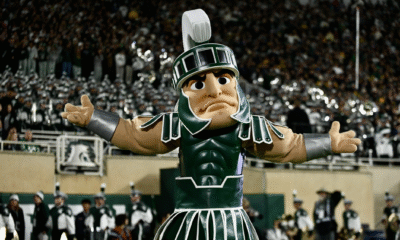
 FB RECRUITING6 days ago
FB RECRUITING6 days ago
 FOOTBALL2 weeks ago
FOOTBALL2 weeks ago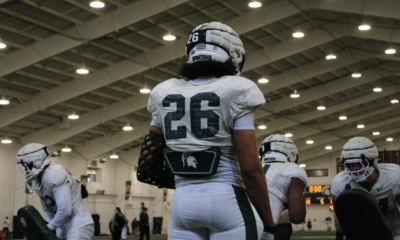
 FOOTBALL1 week ago
FOOTBALL1 week ago
 FOOTBALL2 weeks ago
FOOTBALL2 weeks ago
 FOOTBALL2 weeks ago
FOOTBALL2 weeks ago
 FOOTBALL2 weeks ago
FOOTBALL2 weeks ago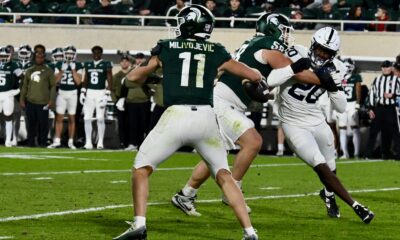
 FOOTBALL1 week ago
FOOTBALL1 week ago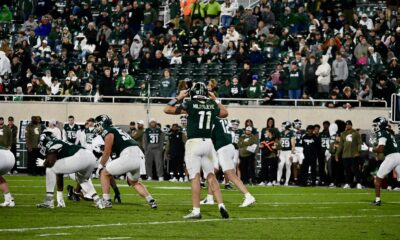
 FOOTBALL1 week ago
FOOTBALL1 week ago
